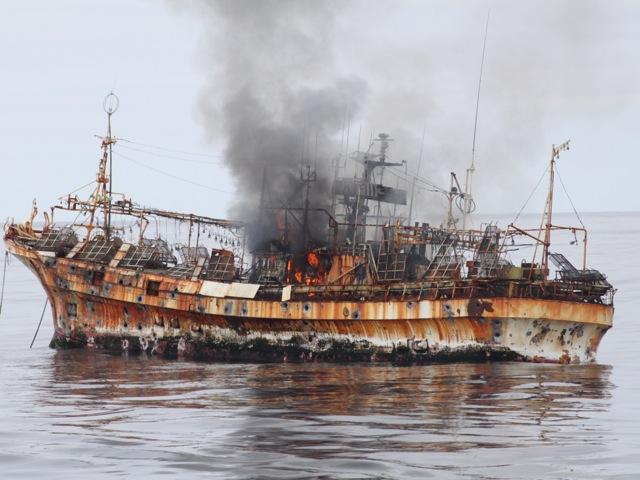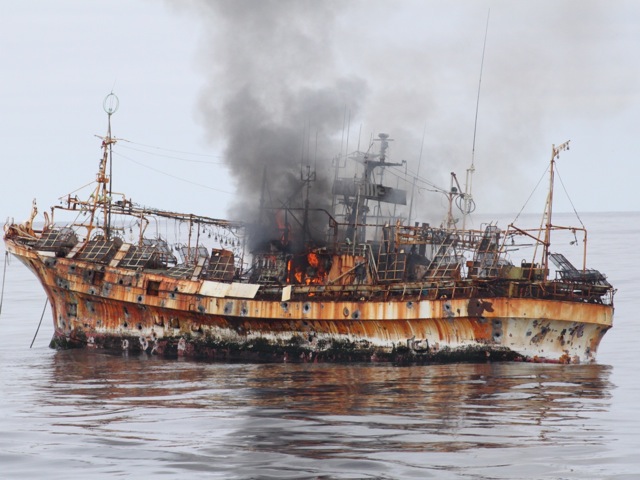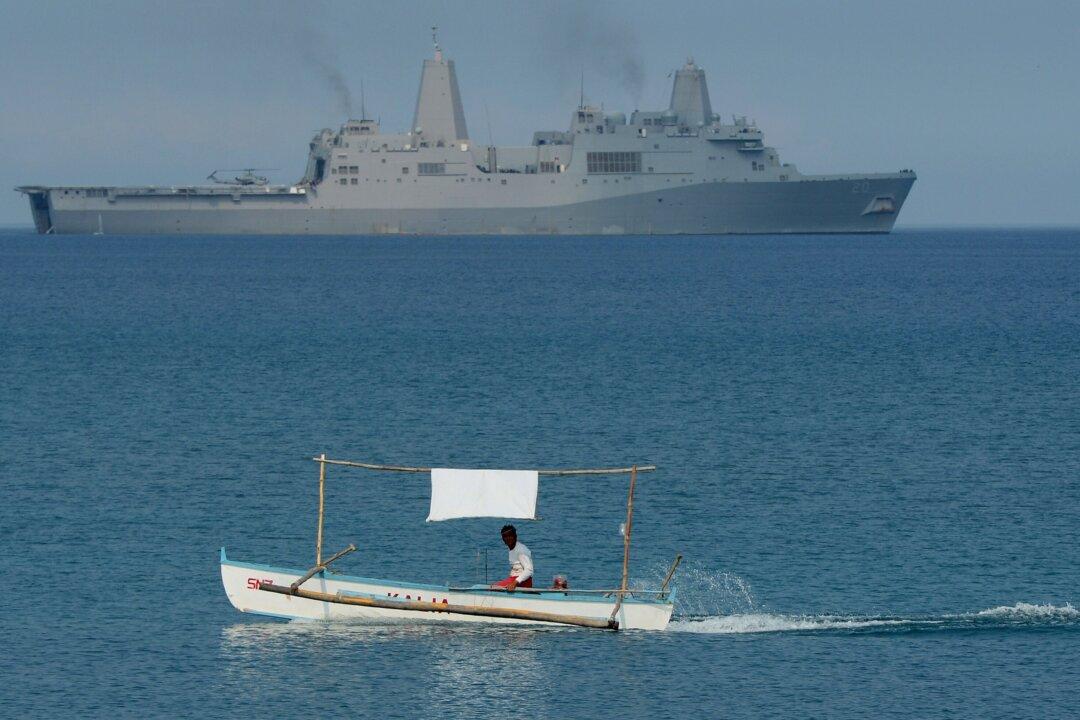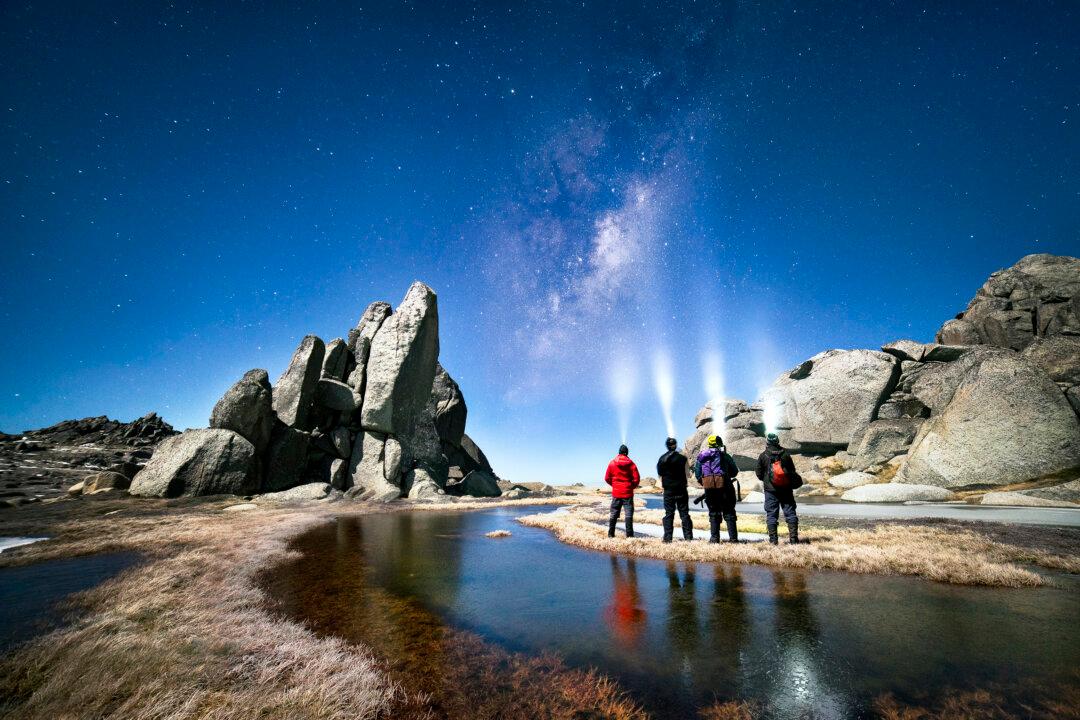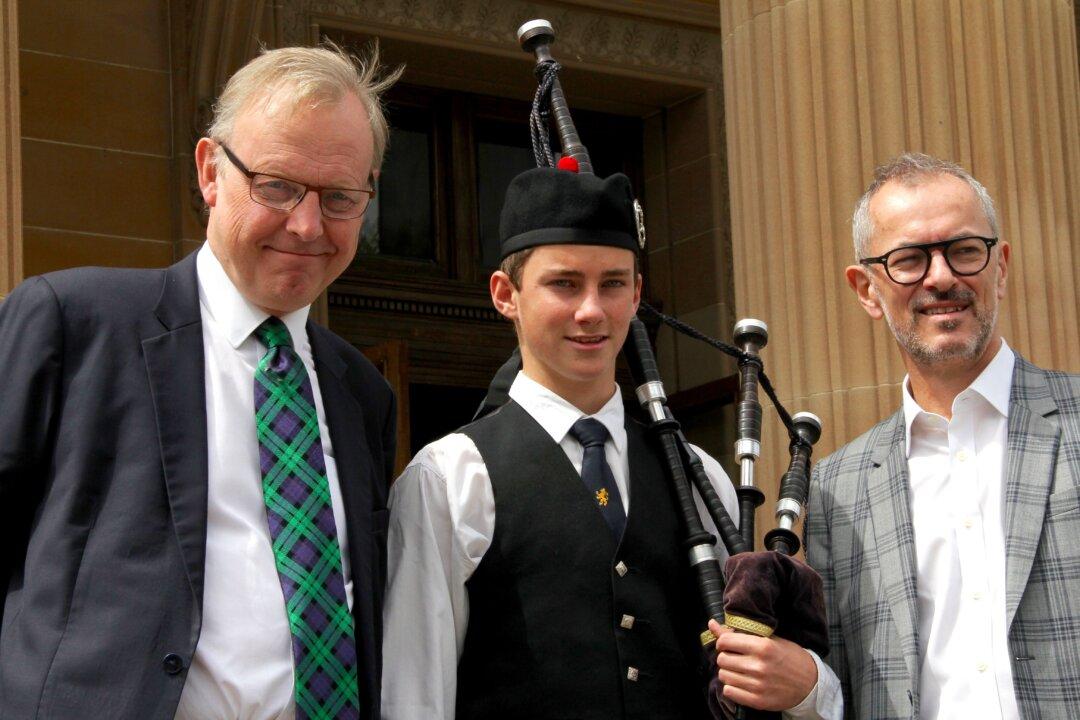Tsunami Debris: Bigger Threat Than Expected
When the derelict Japanese ghost boat appeared on the U.S. West Coast earlier this year, it was a touching reminder of the tragic loss Japan had endured from the devastating earthquake and tsunami in March 2011.
|Updated:
